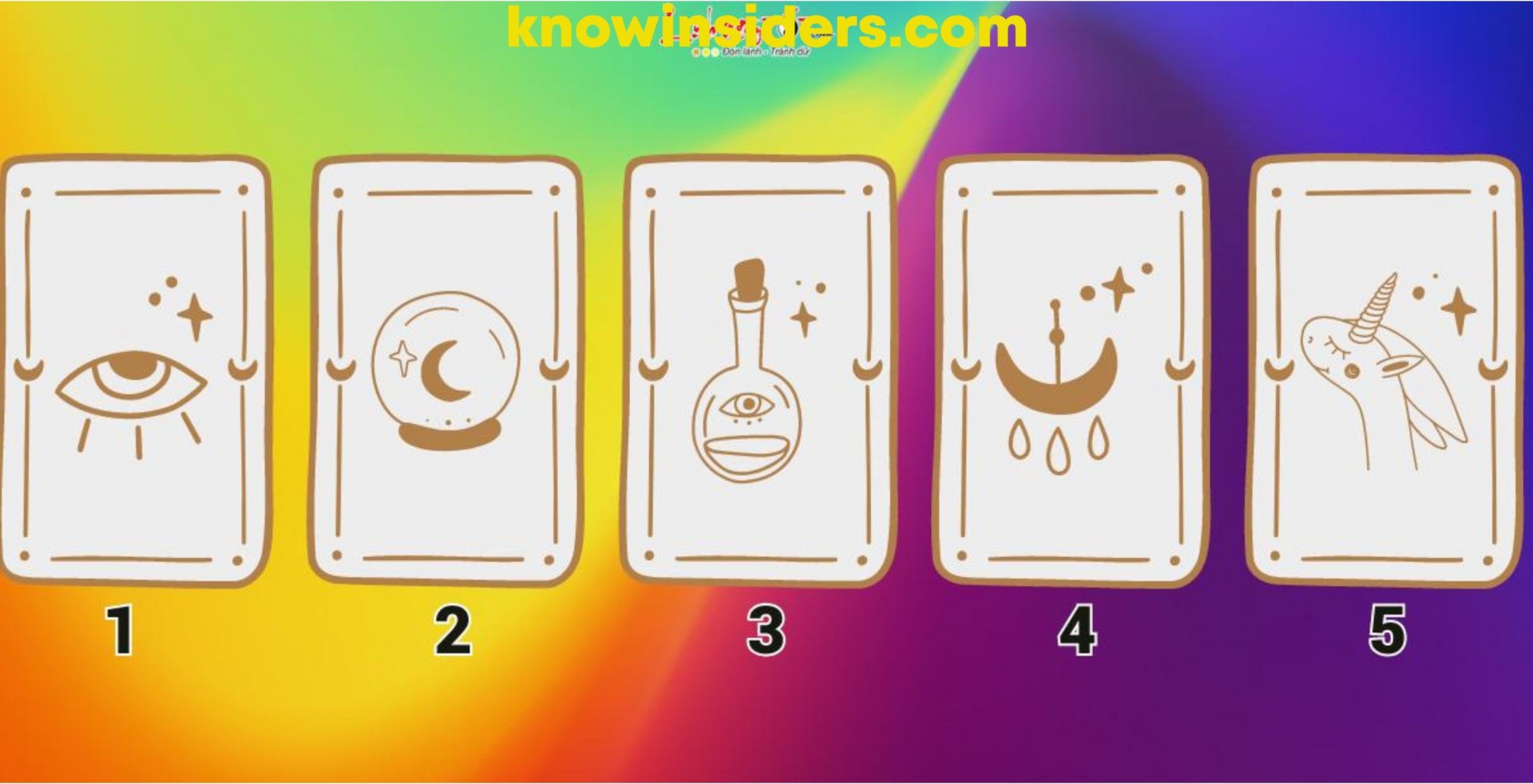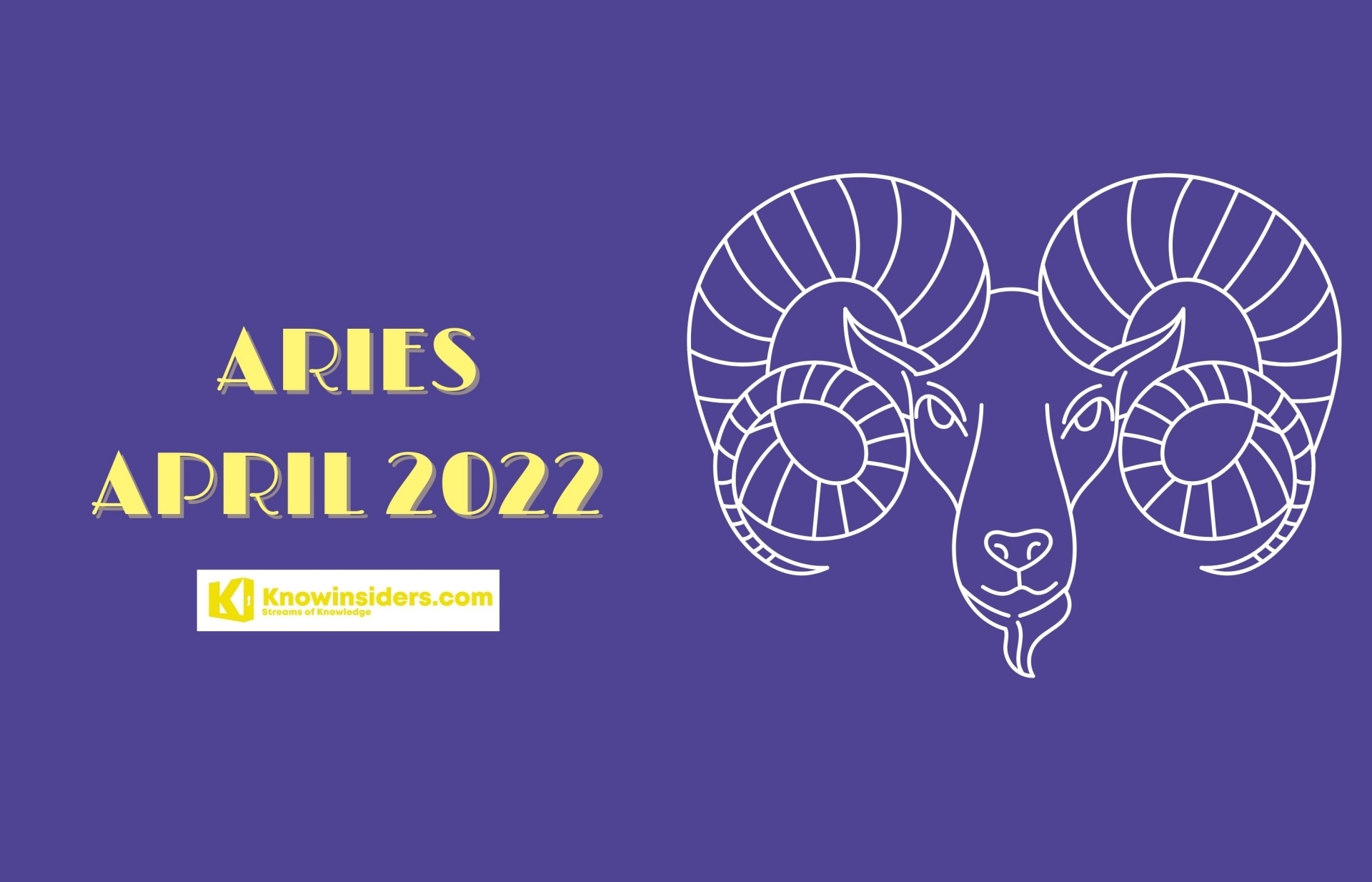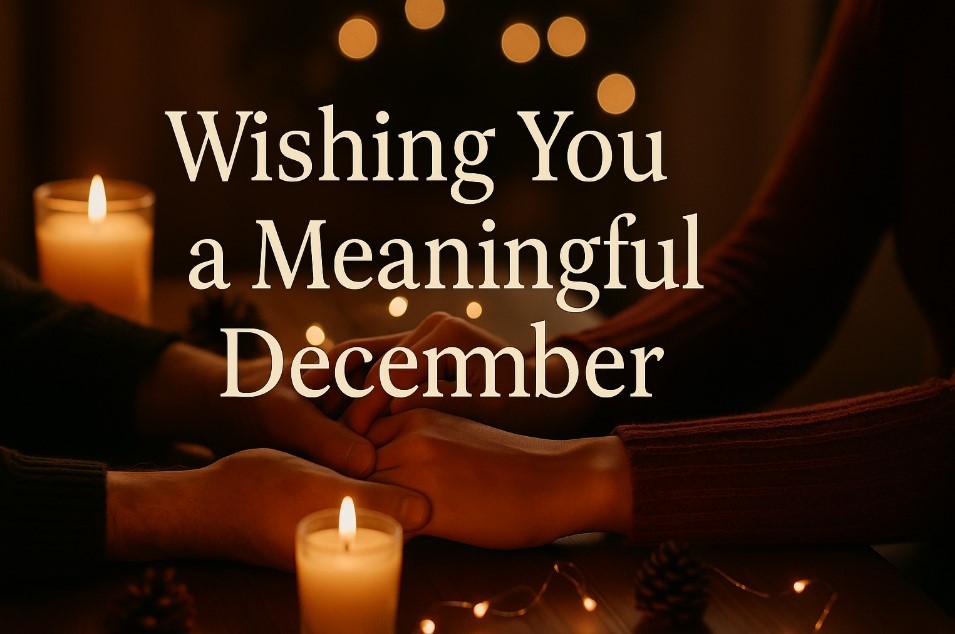The 10 Most Beautiful Poems About April — And Why They Still Matter
 |
| Let the rain kiss you |
April has always been more than just a page on the calendar. It’s a threshold—between cold and warmth, between what was and what might be. Across centuries and continents, poets have captured this delicate, conflicted moment with unforgettable lines. Some celebrate April’s beauty, others question it, even fear it. But all agree: April makes us feel something.
Read more: Top 10 Timeless April Quotes by Famous Authors
1. T.S. Eliot – The Waste Land (1922)
“April is the cruellest month, breeding
Lilacs out of the dead land, mixing
Memory and desire, stirring
Dull roots with spring rain.”
Eliot doesn’t give us the cheerful April we expect. Instead, he opens The Waste Land with a gut punch. Why is April cruel? Because it demands growth. It awakens things—beauty, yes, but also buried memories, longings, regrets. Spring becomes unsettling, a jolt back into feeling.
Why it still matters: It reminds us that healing isn’t always gentle—and that renewal can hurt before it helps.
2. William Shakespeare – Sonnet 98
“April hath put a spirit of youth in everything,
That heavy Saturn laughed and leapt with him.”
Even in absence, April stirs something. In this sonnet, the speaker is separated from a loved one, yet spring still arrives. Shakespeare personifies April as a force so vibrant that even Saturn—the planet of sorrow—can’t help but feel young again.
Why it still matters: Shakespeare captures the bittersweet truth of spring: beauty doesn’t wait for us to be ready for it.
3. Edna St. Vincent Millay – Spring (1921)
“To what purpose, April, do you return again?
Beauty is not enough.”
[…]
April comes like an idiot, babbling and strewing flowers.”
Millay is furious. Her poem is a monologue aimed directly at April, questioning the point of seasonal beauty in the face of deeper human suffering. Her voice is sarcastic, disillusioned, but unforgettable.
Why it still matters: It challenges romantic clichés. Sometimes, we’re not in the mood for flowers—and that’s a valid feeling.
4. Geoffrey Chaucer – The Canterbury Tales (c. 1387)
“Whan that Aprille with his shoures soote
The droghte of March hath perced to the roote…”
In these opening lines of The Canterbury Tales, Chaucer sings of April as the bringer of rain, fertility, and movement. The April showers penetrate the dryness of March and awaken life—and people feel compelled to travel, to tell stories.
Why it still matters: Chaucer’s April is joyful, sensory, and social—reminding us how spring revives not just nature, but human connection.
5. Sara Teasdale – April Song
“Willow and hawthorn and daffodil
Are bowing together on every hill;
And the brooks in the valley dance and shine,
And the rainbows swing on the hill’s long line.”
Teasdale paints April as a symphony. Everything bends, moves, dances—nature is alive in a graceful performance. It’s unpretentious and elegant, like a spring waltz written in verse.
Why it still matters: Teasdale’s musical imagery reminds us of the joy that can come from simply watching the world reawaken.
6. e.e. cummings – Spring is like a perhaps hand
“Spring is like a perhaps hand
(which comes carefully
out of Nowhere) arranging
a window, into which people look…”
cummings offers one of the most original metaphors for spring: a hand, maybe, gently adjusting the scene of life. It doesn’t rush. It doesn’t announce itself. It just... begins.
Why it still matters: In a noisy world, this quiet image of April is a small masterpiece in noticing subtle change.
7. Robert Frost – Two Tramps in Mud Time
“The sun was warm but the wind was chill.
You know how it is with an April day
When the sun is out and the wind is still,
You’re one month on in the middle of May.
But if you so much as dare to speak,
A cloud comes over the sunlit arch,
A wind comes off a frozen peak,
And you’re two months back in the middle of March.”
Frost doesn’t idealize April. He gets it exactly right: it's inconsistent, full of mood swings. One moment it's spring, the next it's winter again. Yet he captures this with such casual grace.
Why it still matters: Frost’s honesty makes April real—not a fantasy, but a season of emotional and literal whiplash.
8. Emily Dickinson – A Light Exists in Spring
“A Light exists in Spring
Not present on the Year
At any other period —
When March is scarcely here
A Color stands abroad
On Solitary Fields
That Science cannot overtake
But Human Nature feels.”
Dickinson describes a unique kind of light—something you can’t quite name or explain. It arrives quietly, and it’s gone before you can fully grasp it.
Why it still matters: Her verses remind us to slow down. The magic of April might be fleeting, but it’s deeply felt.
**9. Rainer Maria Rilke – Early Spring (Frühling)
(translation by Edward Snow)**
“Spring has returned.
The Earth is like a child that knows poems.”
Rilke’s metaphor is brilliant in its simplicity. Earth is not just blooming—it’s speaking in poetry. There’s innocence, yes, but also something sacred in that awakening.
Why it still matters: Rilke reminds us that poetry isn’t just in books—it’s in trees, rain, and the quiet return of life.
10. Langston Hughes – April Rain Song
“Let the rain kiss you.
Let the rain beat upon your head with silver liquid drops.
Let the rain sing you a lullaby.”
Hughes offers pure comfort. While other poets question April, he welcomes it—especially the rain. He treats it not as something to avoid, but something to feel, embrace, and even love.
Why it still matters: In just a few lines, Hughes turns April rain into an act of tenderness.
Final Thoughts: Why April Still Belongs to Poets
April contains everything: beauty, confusion, newness, nostalgia, contradiction. It’s no wonder poets can’t leave it alone. Through their verses, April becomes more than a backdrop. It becomes a character—sometimes gentle, sometimes cruel, always deeply human.
So when April comes again, maybe read one of these poems. Or better yet—write your own.


























